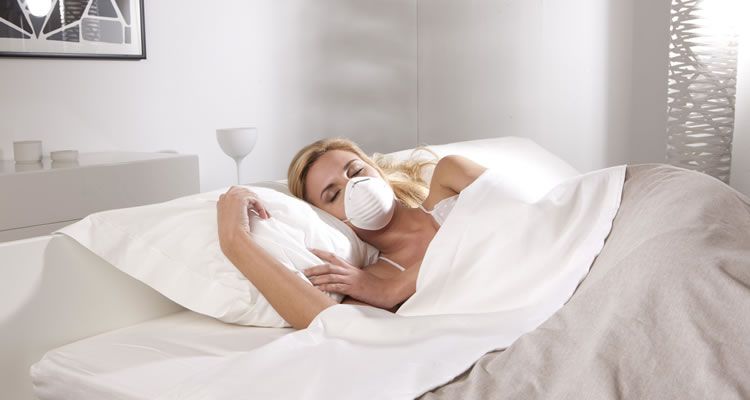Changing indoor air
Our good health is increasingly threatened by dangerous contaminants that are often undetectable. If we want to stay healthy, we need to live and breathe in healthy environments.
This is why it is so important to replace the indoor air.
As long as you change it with clean air.
Change the air: make your home healthy
Inadequate ventilation can make buildings unhealthy.
One of the effects of unhealthy buildings is sick building syndrome.
If a building is unhealthy, its occupants also end up feeling unwell.
The real problem is that we're not always aware of the danger.
Many pollutants are undetectable, while others are commonly thought to be helpful (air fresheners), pleasant (scented candles) or sanitising (cleaning products).
Radon and monossido di carbonio are very dangerous but odourless and colourless: you might notice a stale, stuffy smell when you first enter a crowded workplace or a classroom during a lesson, which means the pollution tolerance levels have been exceeded.

Anyone who is already inside those environments won't notice the musty air because they have adapted to it: this is another form of indoor air pollution that mustn't be underestimated.
We can't see or smell dust mites either but they pose a major risk to allergy sufferers.
Mould spores are particularly harmful and can trigger asthma attacks or serious respiratory disease.
At the same time, our metabolism and our routine activities also produce humidity.
As do our pets.
The substances contained in household cleaning products can also increase air pollution by emitting chemical compounds.
A lot of our buildings are also contaminated by off-gassing of formaldehyde, a carcinogenic substance commonly found in floors, furniture and other household products.
We do 24,000 breaths a day,
we deserve a better air
Indoor pollution is responsible for 2.7% of the global disease burden worldwide (Global Health Risks: Mortality and burden of disease attributable to selected major risks WHO, 2009) and 7.6% of deaths (Global Health Observatory, 2016).






